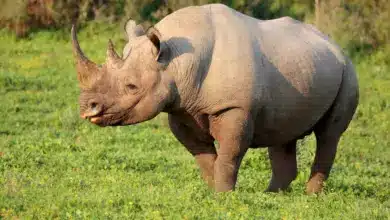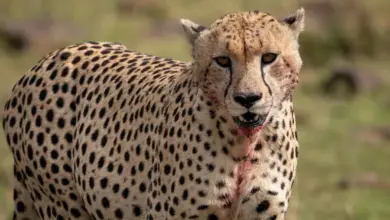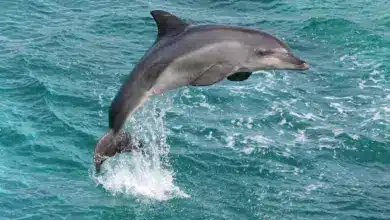Wildlife Declines In Kenya’s Parks
Wildlife Declines In Kenya’s Parks And Kenyan wildlife officials call for a complete ban on ivory sales to save the country’s remaining elephants
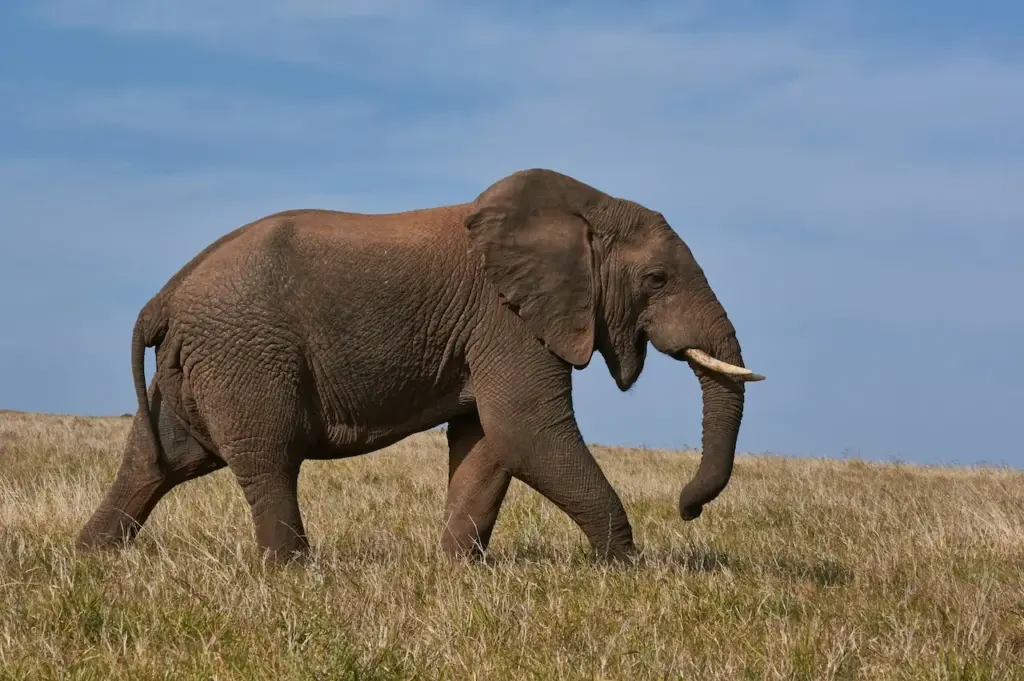
Top 10 Endangered Species News
A troubling study of wildlife populations in Kenya’s famous game parks shows that the numbers of animals inside some of the parks are declining just as quickly as they are outside of the protected areas. Parks surveyed in the analysis of 30 years’ worth of wildlife population records included Tsavo East and West, Meru and Amboseli, Masai-Mara and Nairobi national parks.
According to the authors of the study, which was published earlier this month in the online scientific journal PLoS One, their findings provide further evidence that wildlife parks across Africa are failing to accomplish the task of preserving the remnant of Africa’s wild animals.
However, some of the Kenyan parks fared worse than others in the report. Tsavo East, Tsavo West, and Meru suffered “significant” declines in wildlife numbers, while Masai-Mara, Amboseli and Nairobi national parks experienced declines in wildlife numbers that were deemed statistically insignificant by the researchers.
The researchers cited agricultural encroachment and the difficulty of policing human activity in and around remote game parks as two of the possible reasons for the declines. Another probable cause is the fact that migrating animals often leave the protection of the parks.
The researchers said, “Specifically, the decline in Kenya’s park populations is not surprising given the inherent shortcomings in their design. Only a modest portion of the annual migratory range of the large herbivores is included in Kenya’s parks.”
The study tallied the populations of 17 species, including several that would occupy the top of almost any top 10 endangered species list for African wildlife: Elephants, buffalo, Burchell’s zebra, giraffe, wildebeest, eland waterbuck, warthog, Grant’s gazelle, Thompson’s gazelle, impala, lesser kudu, oryx, black rhinoceros, topi and hartbeest.
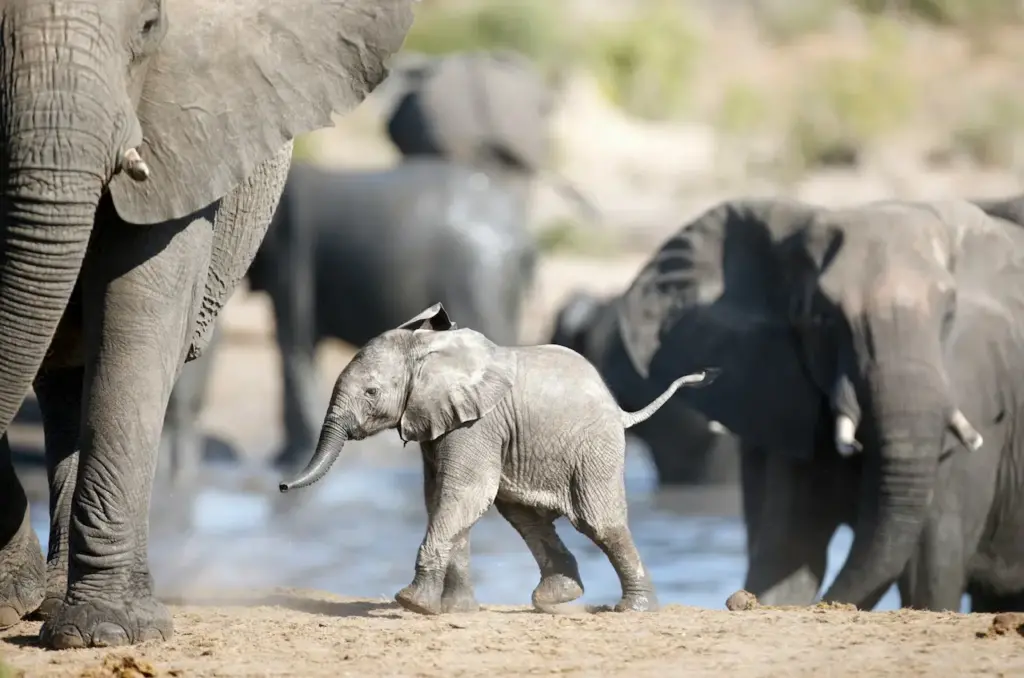
Kenya Calls For Ban On Ivory Sales
Kenyan wildlife officials have called for a reinstatement of the worldwide ban on ivory sales, charging that the periodic legal sale of ivory is providing cover for the poaching of the country’s remaining elephants.
Kenya lost nearly 100 elephants last year due to ivory poaching and has lost 73 elephants so far this year. After all ivory sales were banned in 1989, poaching slowed dramatically because poachers no longer had a market. Since then, however, periodic legal sales of ivory have been allowed–and traders in poached ivory have found ways of “laundering” their product and getting it into the legal market.
Kenya, which depends on its wildlife tourism market, says the only solution is to return to a complete ban.
